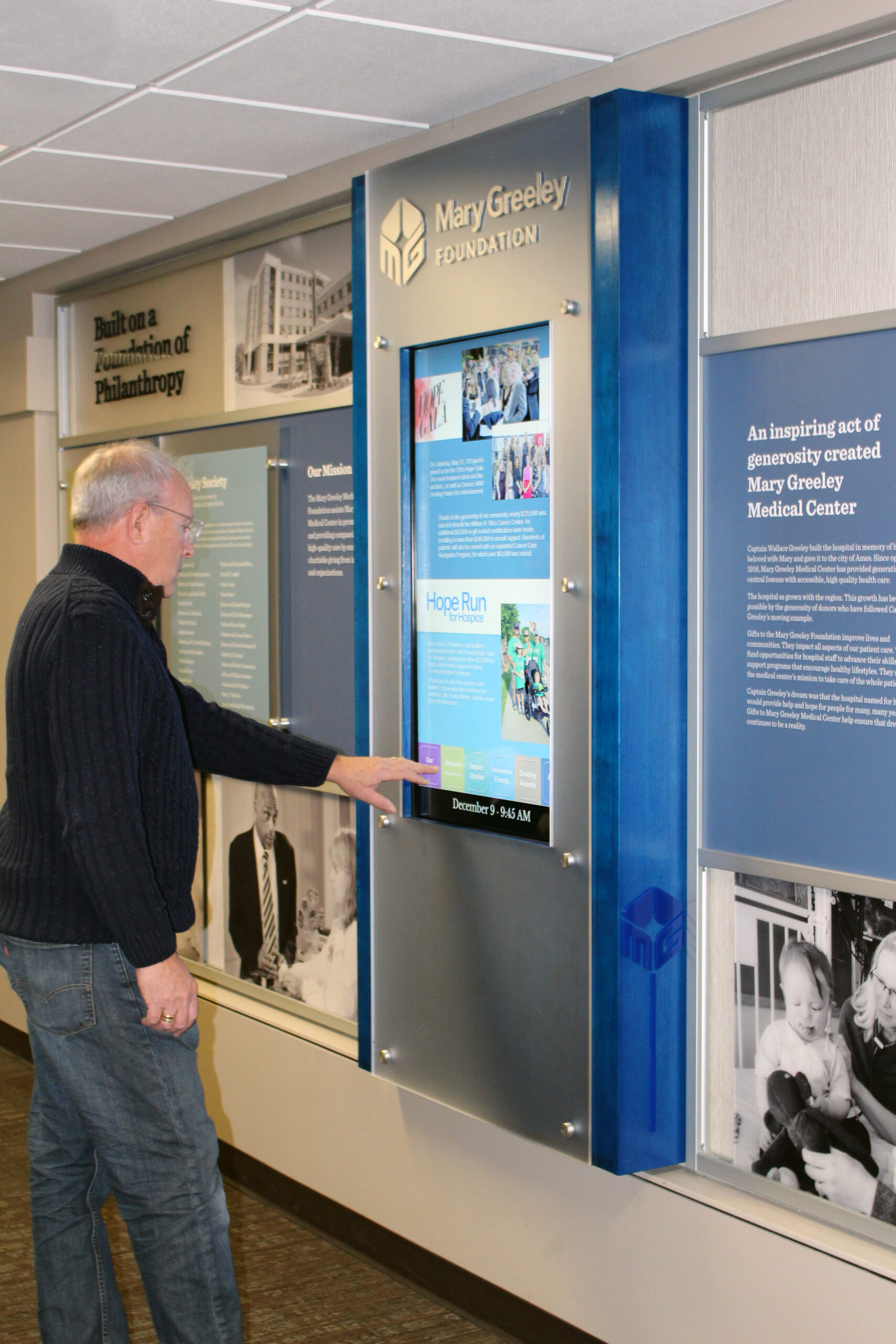In the nonprofit sector, managing donor lists efficiently is crucial for sustaining fundraising efforts and building lasting relationships. A well-organized donor list not only streamlines your outreach but also enhances personalized communication, ultimately driving greater support for your cause. In this article, we’ll explore best practices and tools to simplify the process of managing donor lists effectively.
Why Managing Donor Lists is Essential
Properly managing donor lists allows organizations to:
- Track Contributions: Monitor donation history to identify trends and major donors.
- Personalize Communication: Tailor messages based on donor preferences and past interactions.
- Improve Engagement: Foster stronger relationships through targeted outreach and recognition.
- Optimize Fundraising Efforts: Allocate resources efficiently by understanding donor behaviors and patterns.
Best Practices for Managing Donor Lists
Implementing the following best practices can significantly enhance your approach to managing donor lists:
1. Keep Data Accurate and Up-to-Date
Regularly updating your donor list ensures that your outreach efforts remain effective. Implement the following steps to maintain data accuracy:
- Verify Contact Information: Regularly check and update email addresses, phone numbers, and mailing addresses.
- Remove Inactive Donors: Clean your list by removing or re-engaging donors who haven’t contributed recently.
- Segment Donors: Categorize donors based on factors like donation amount, frequency, and interests to facilitate personalized communication.
2. Automate Routine Tasks
Automation can significantly reduce the time spent on managing donor lists. Use tools that offer features such as:
- Automated Thank-You Emails: Send personalized acknowledgments immediately after a donation.
- Scheduled Follow-Ups: Plan and automate reminders for upcoming fundraising events or campaigns.
3. Analyze and Leverage Donor Data
Effective managing donor lists goes beyond organization; it involves analyzing data to inform strategies. Utilize your donor data to:
- Identify Giving Patterns: Understand when and how often donors contribute.
- Predict Future Donations: Use historical data to forecast future fundraising potential.
- Customize Campaigns: Develop targeted campaigns based on donor interests and behaviors.
Tools to Simplify Managing Donor Lists
Several tools can enhance your ability to manage donor lists efficiently:
- Mailchimp: Integrates with CRM systems to facilitate email marketing and donor segmentation.
- Google Sheets: For smaller organizations, spreadsheets can be a cost-effective way to manage donor information.
Common Challenges in Managing Donor Lists and How to Overcome Them
Managing donor lists comes with its own set of challenges. Here are common issues and solutions:
Data Silos
Challenge: Donor information scattered across multiple platforms can lead to inefficiencies.
Solution: Integrate your Spreadsheet with other tools to centralize data, ensuring all information is accessible in one place.
Donor Attrition
Challenge: Losing donors over time can impact fundraising goals.
Solution: Implement engagement strategies like regular updates, personalized communication, and recognition programs to retain donors.
Data Entry Errors
Challenge: Manual data entry can result in mistakes that compromise donor records.
Solution: Automate data entry processes and regularly audit your donor list for accuracy.
Conclusion
Managing donor lists is a foundational aspect of successful fundraising for any nonprofit organization. By leveraging the right tools, adhering to best practices, and continuously analyzing your donor data, you can enhance your donor relationships and drive sustained support for your mission. Invest time in organizing and optimizing your donor lists today to ensure a thriving future for your organization.
Are you thinking about how to honor your organization’s donors in a way that’s engaging, beautiful, and future-proof? Reach out to our TEAM for an inquiry or call (319) 294-6671 to learn how we can create a custom donor wall that speaks to your unique mission and goals.


